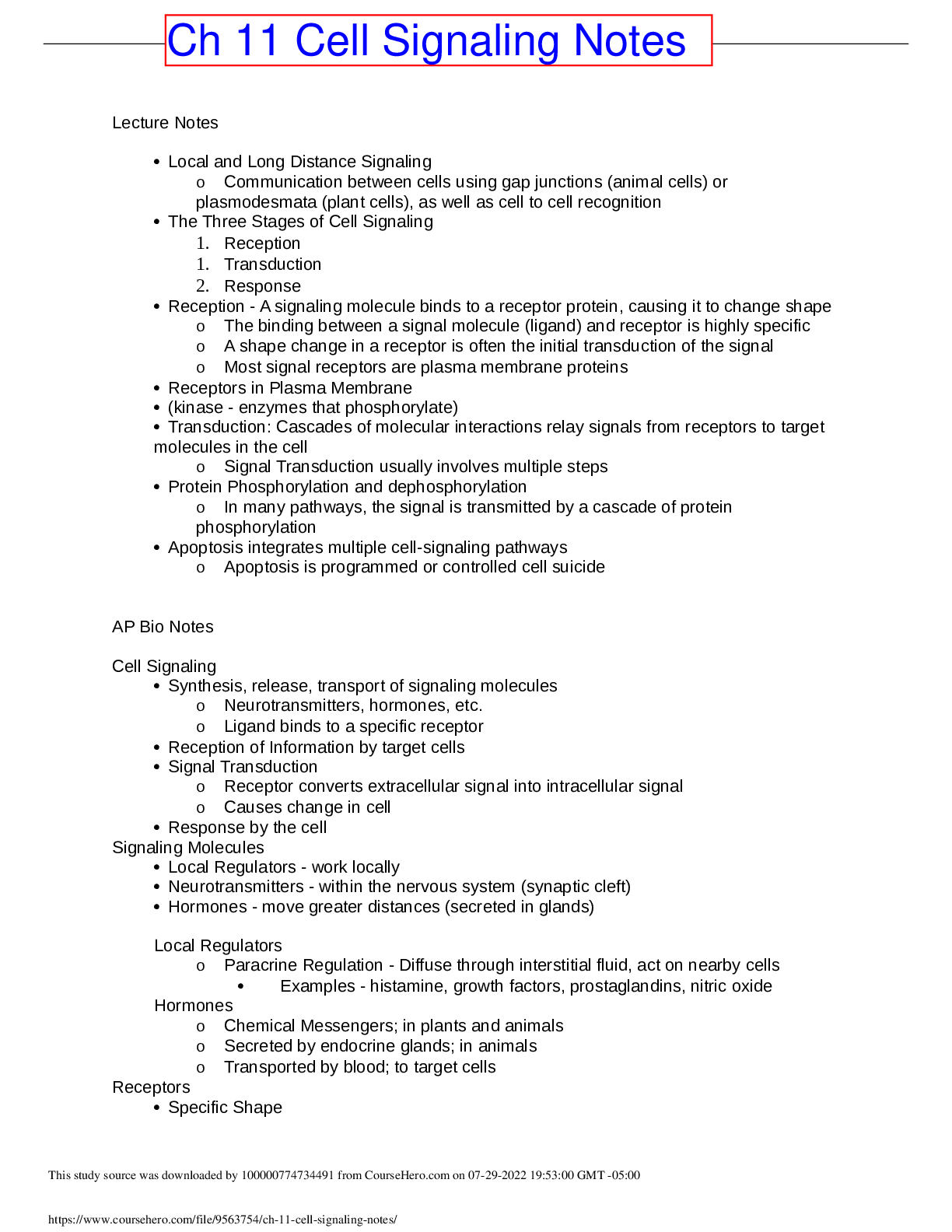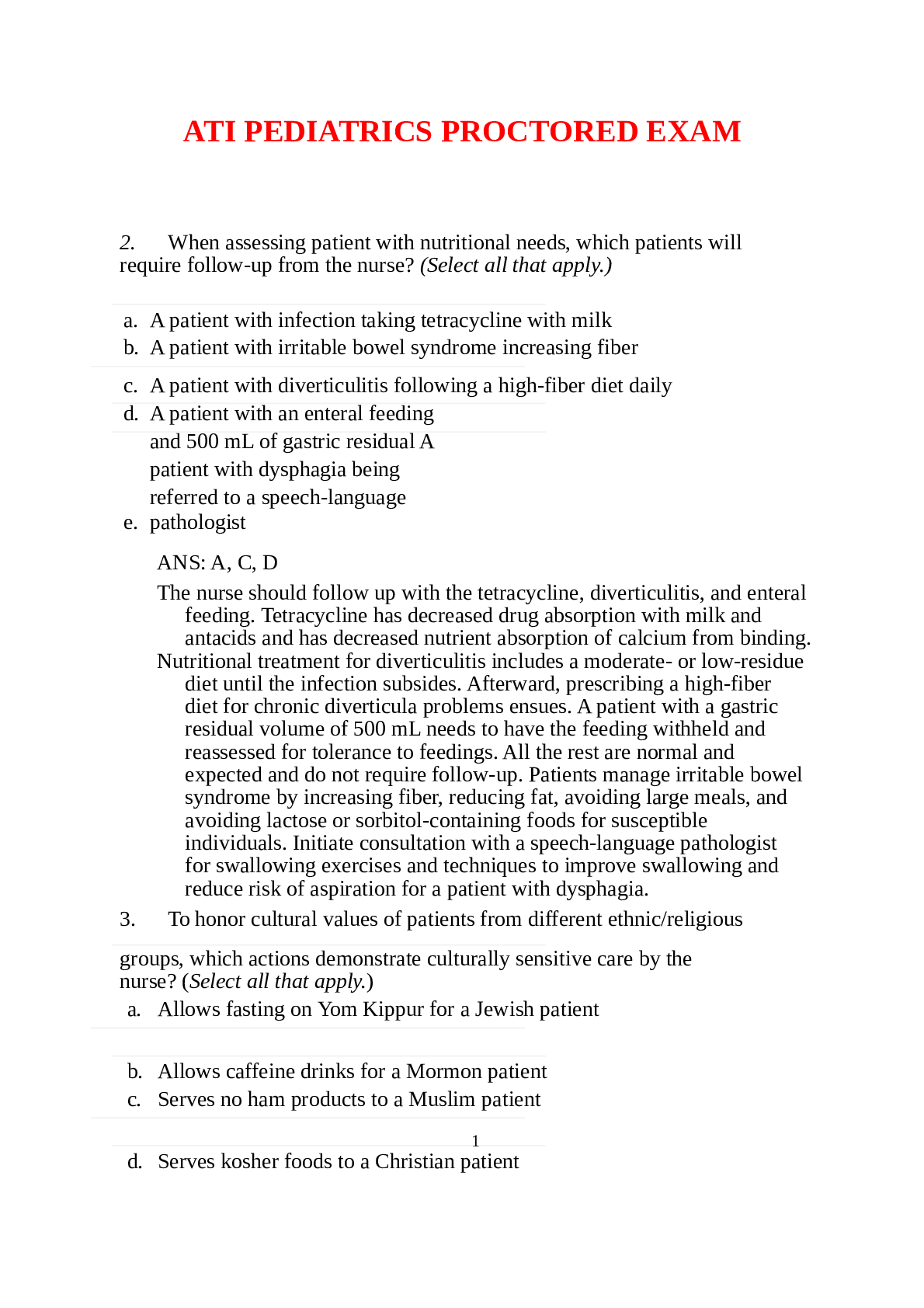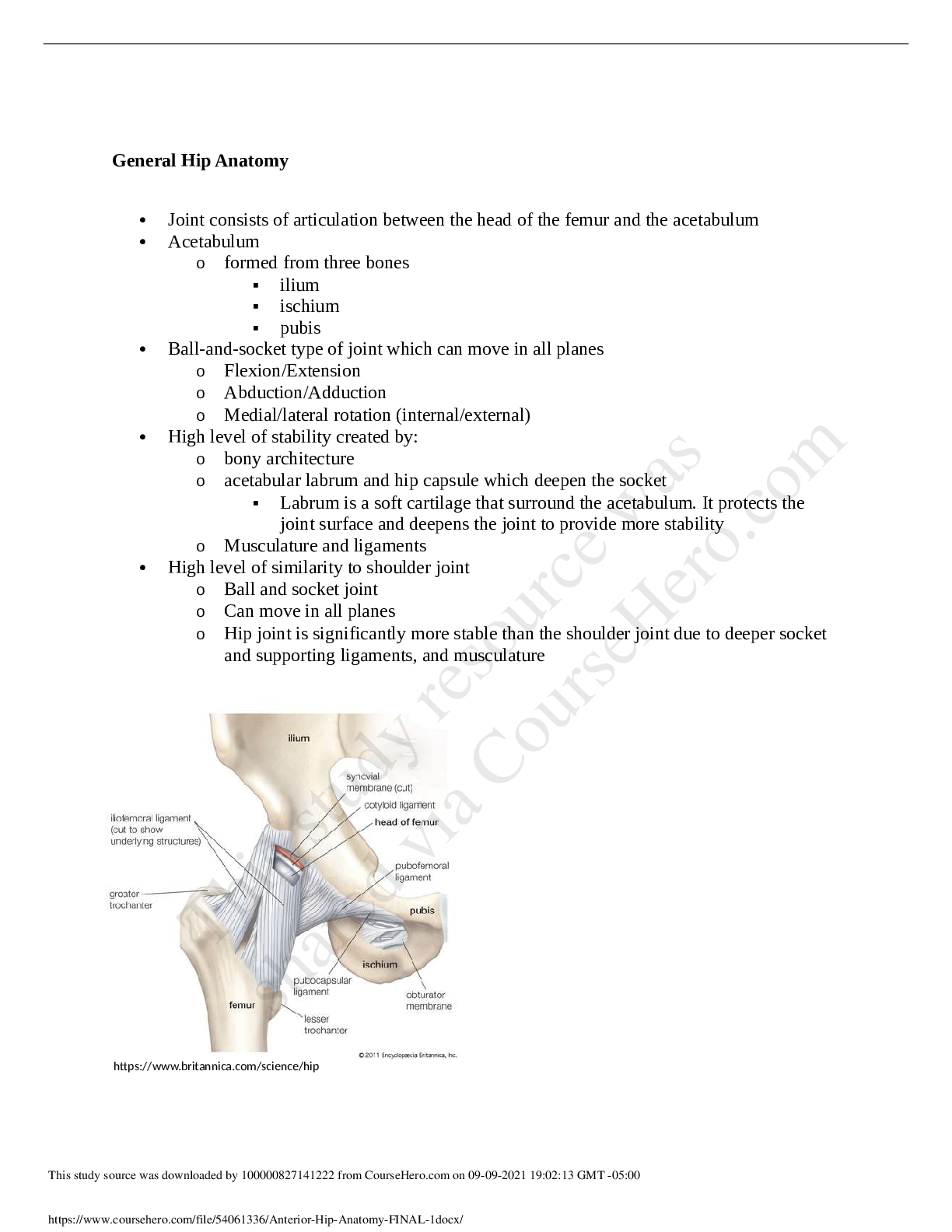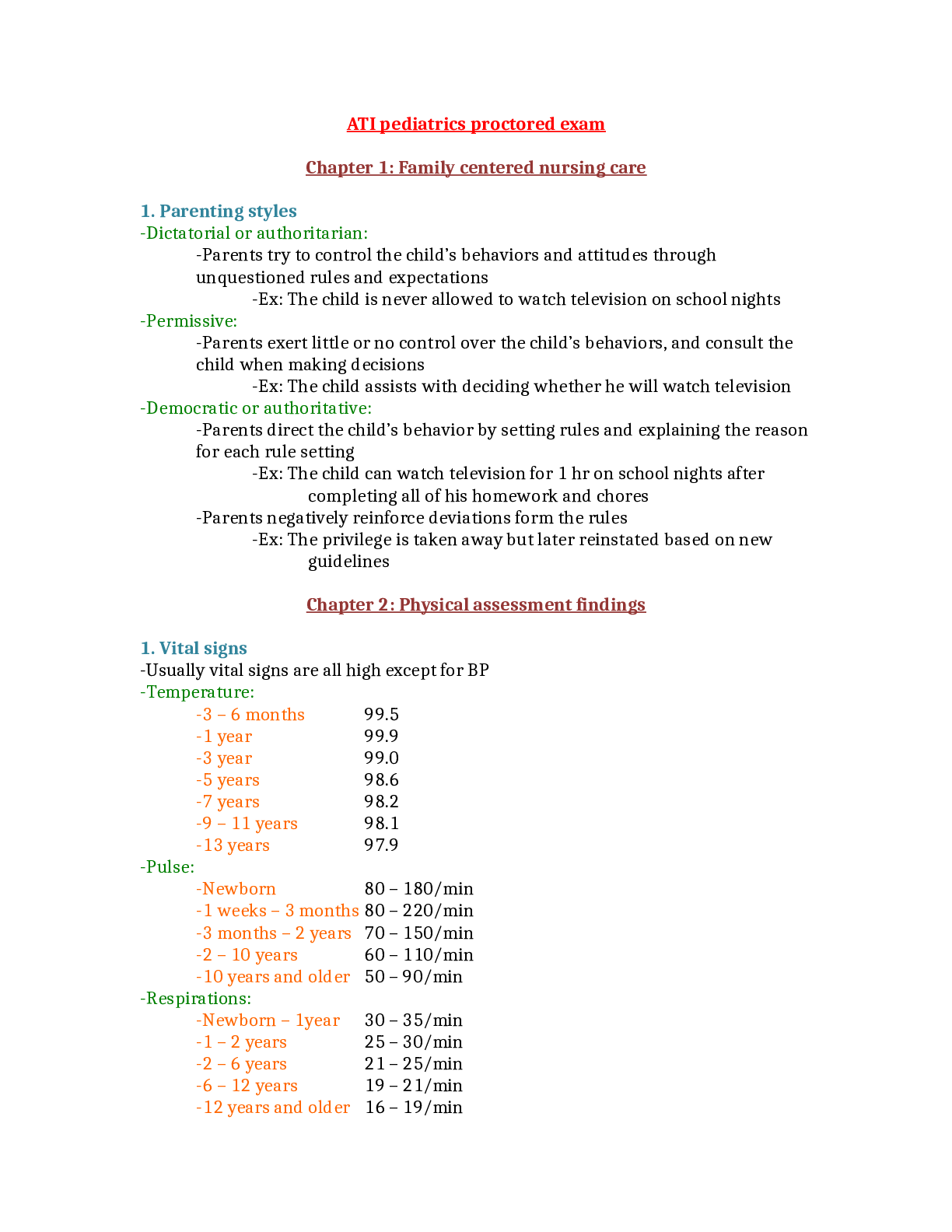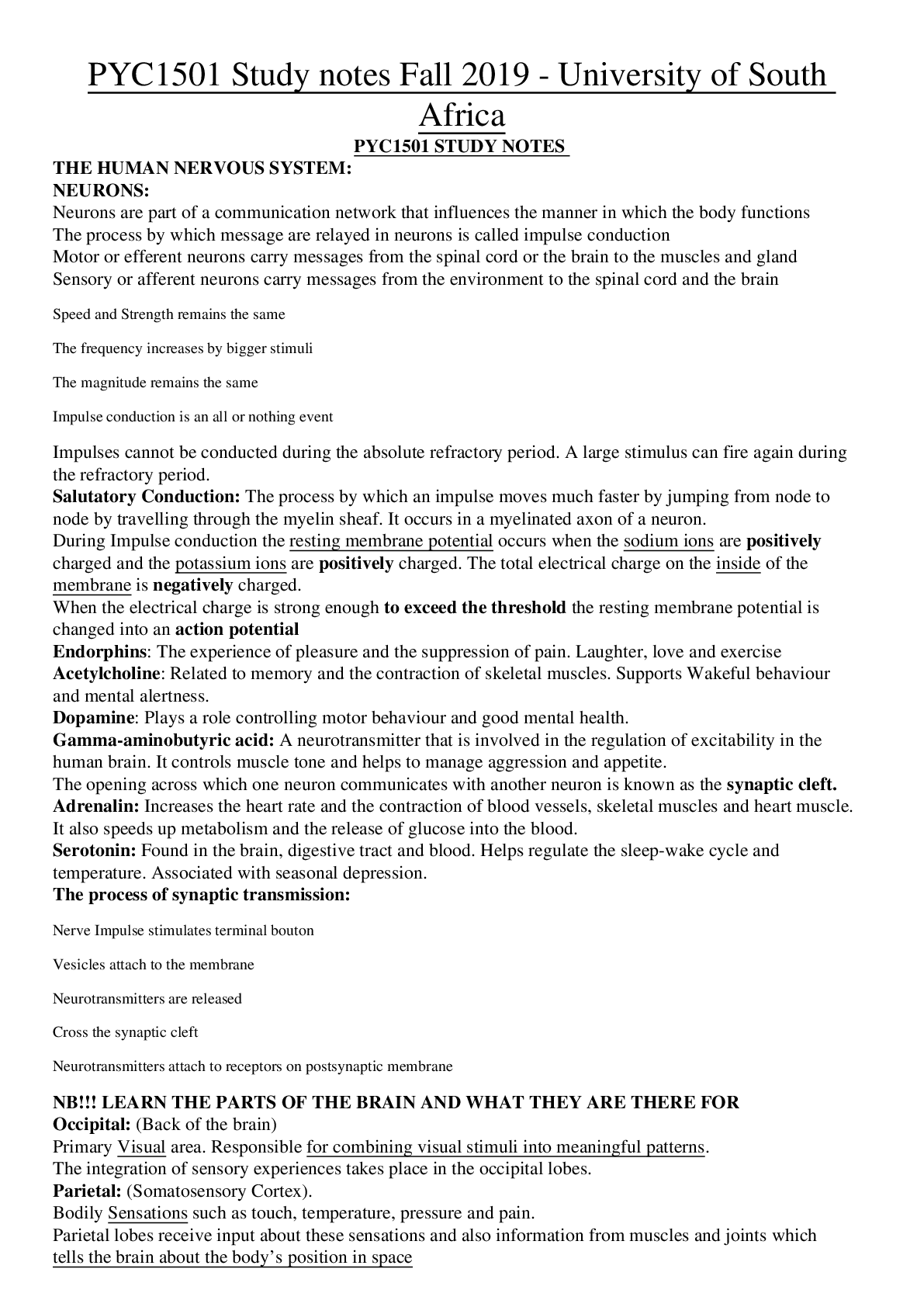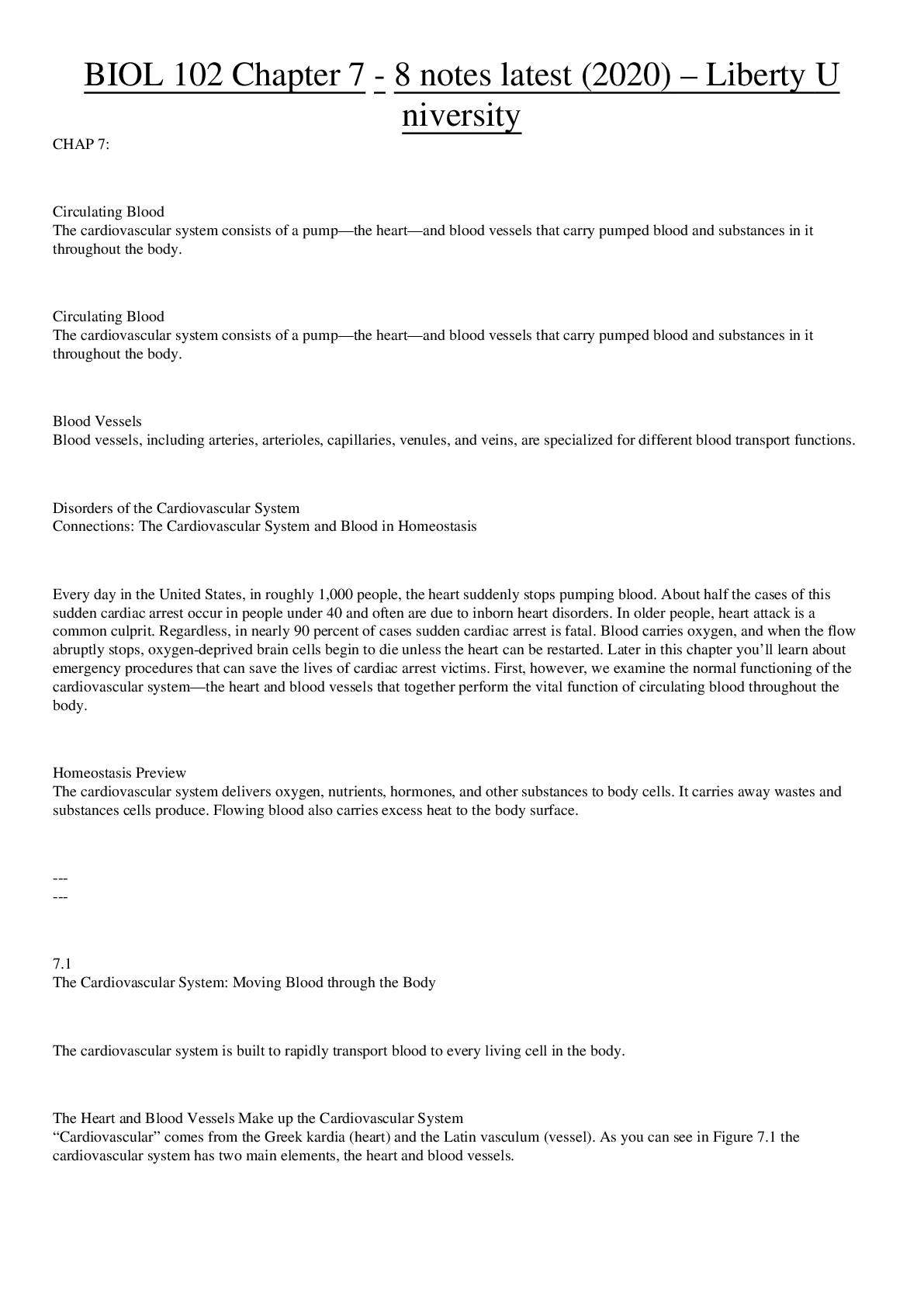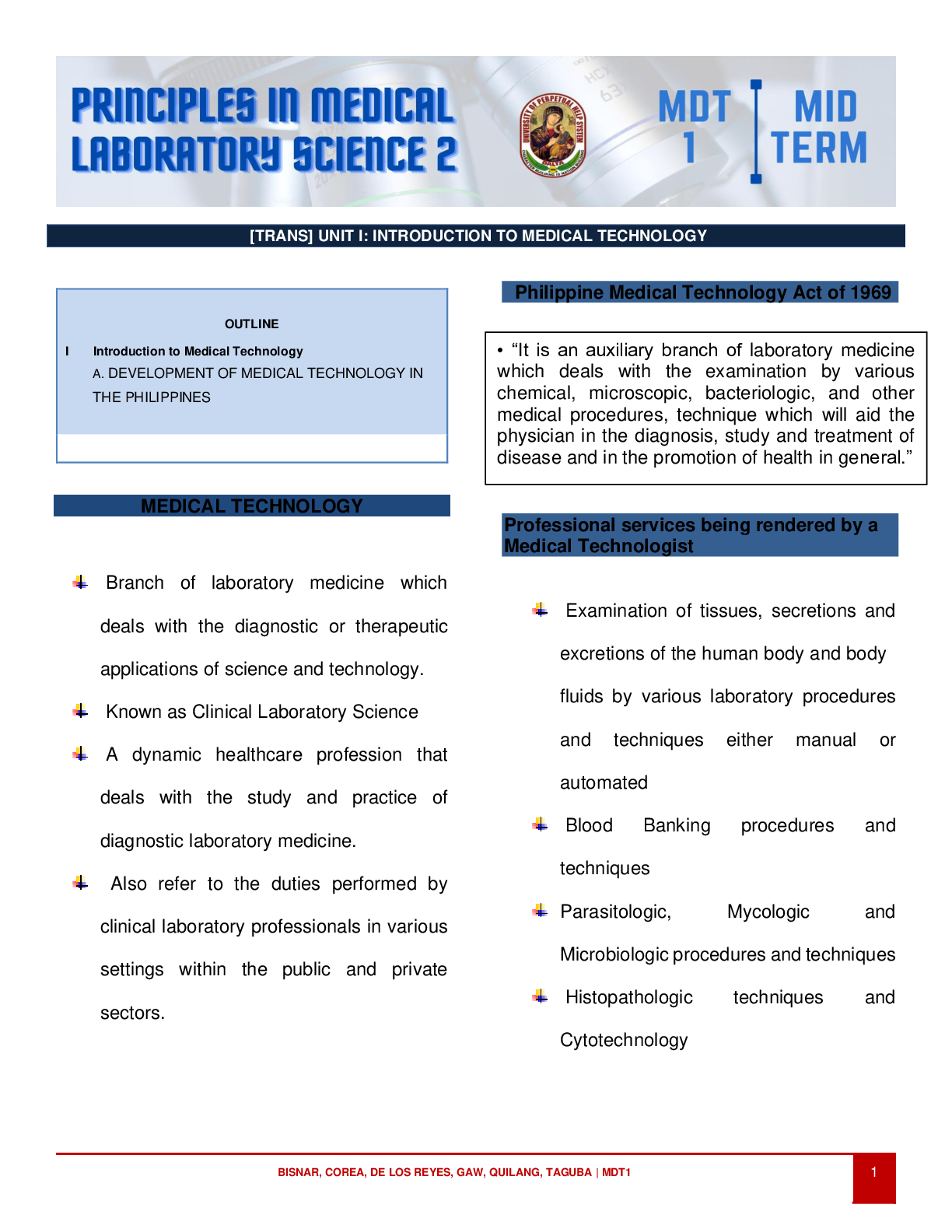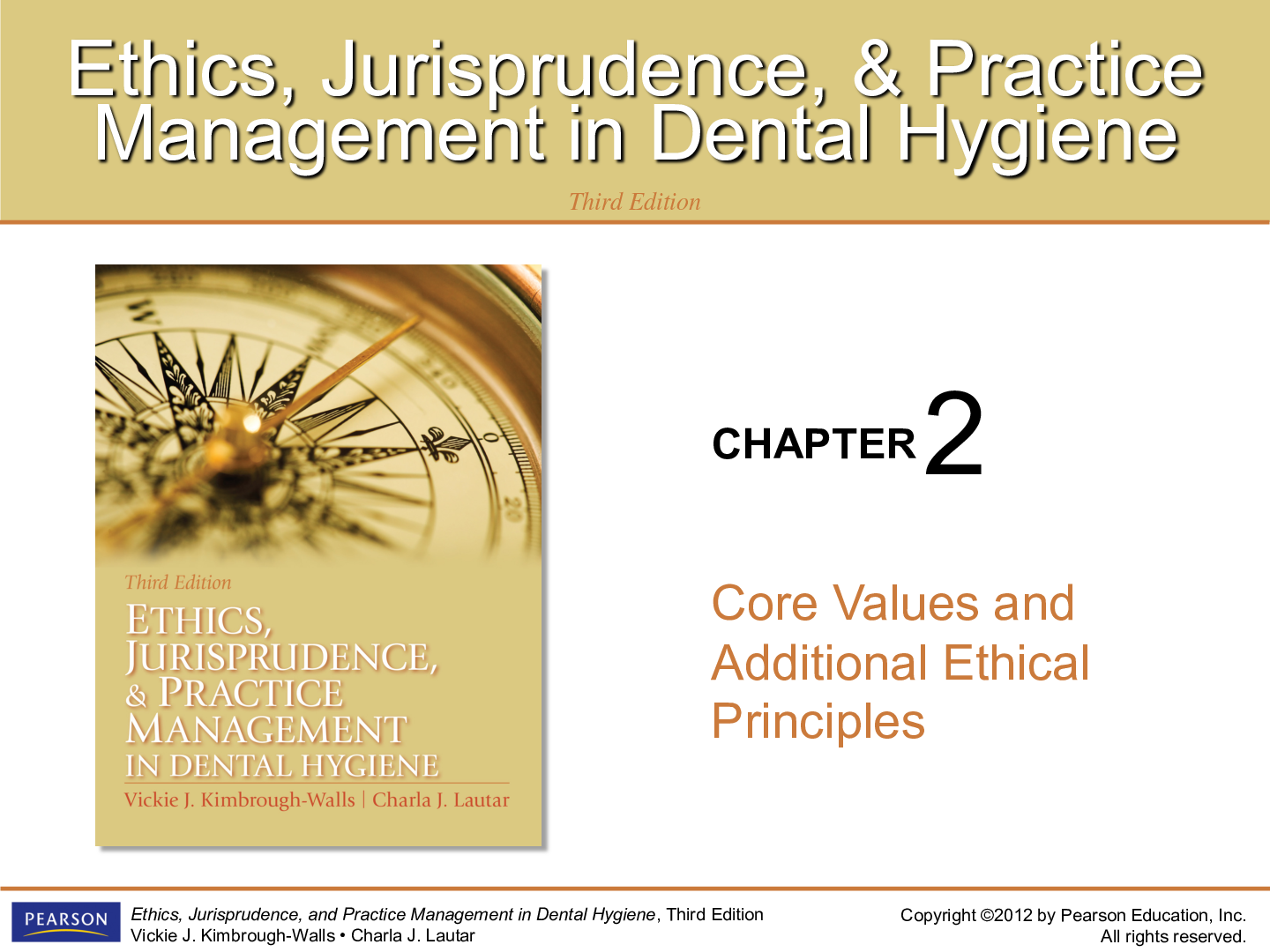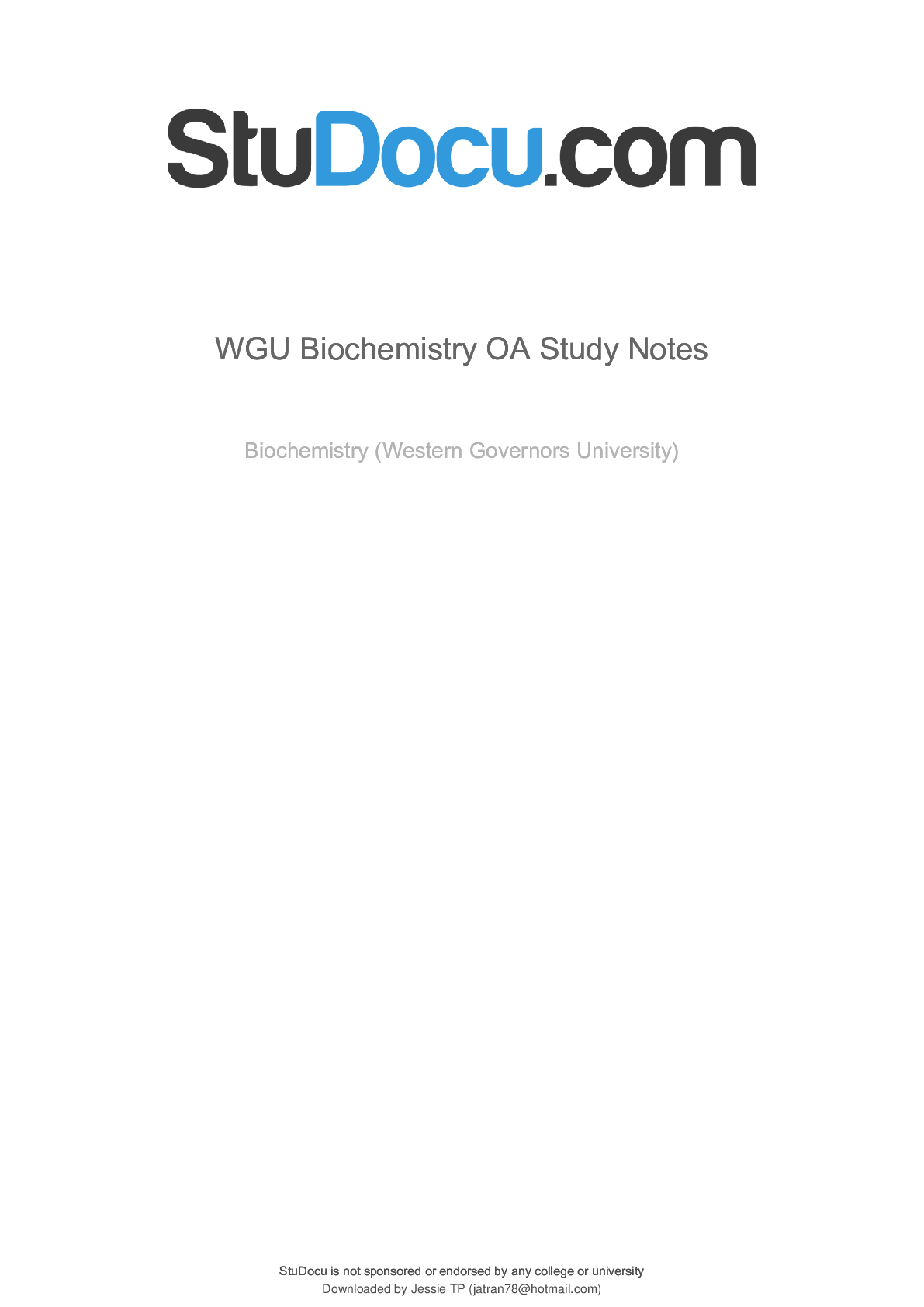*NURSING > LECTURE NOTES > NSG6020 Week 9 Lectures copy.pdf South University, Savannah NSG 6020 . (All)
NSG6020 Week 9 Lectures copy.pdf South University, Savannah NSG 6020 .
Document Content and Description Below
Week 9 Lectures The Integumentary and Musculoskeletal Systems The Skin: The skin is our largest organ. The average adult has approximately 20 square feet of surface area to provide protection from... outside stressors and adapt to environmental situations such as heat and cold. The skin has two layers: the dermis and the epidermis. The epidermis is the thin, tough outer layer. It is our first line of defense. The dermis, made mostly of collagen, provides elasticity and assists the dermis in resisting tears or injuries. Hair was once a necessary tool for humans, providing protection from cold, heat, or trauma. Many cultures believe hair is necessary or preferred as part of psychological and cosmetic values. Hair is actually threads of keratin that grow in cycles. Each hair has a different rest/grow cycle so that certain hairs are always growing while others are dormant. The nails are hard layers or plates of keratin, found on the fingers and toes. The color of the nail is a reflection of the underlying nail bed. Development Notes – The Skin: Newborns to Adolescents The newborn is covered in lanugo, or fine downy hair that is eventually replaced by fine vellus hair several months after birth. Vernix caseosa may cover the newborn or can be found in the body creases at birth. Scalp hair may or may not be present at birth. The scalp hair is usually soft and is quickly lost at the temples and occiput. The skin of the newborn is thin and smooth but more permeable than the skin of an adult. It is easier for the newborn to lose fluid and become dehydrated. Sebum is the source of milia and cradle cap in some infants. The sweat glands function at a low level throughout childhood and impair the ability to respond to heat or fever. The infant is more susceptible to cold as the subcutaneous tissue is minimal and the skin cannot shiver effectively. As the child ages, the skin produces additional pigment, becomes thicker, hair growth speeds up, and the skin is better lubricated. Pubertal changes include development of the sweat glands to respond to heat and emotional distress, i.e., sweaty palms. Acne develops in response to an increase in oilier skin. Pregnant Females Hormonal changes create hyperpigmentation around the areolae, nipples, and vulva. A linea nigra may be found in the midline of the abdomen. Chloasma or rash of pregnancy may be found across the face. The rapid skin expansion often results in striae gravidarum. This may be found on the abdomen, thighs, or breasts. [Show More]
Last updated: 1 year ago
Preview 1 out of 26 pages
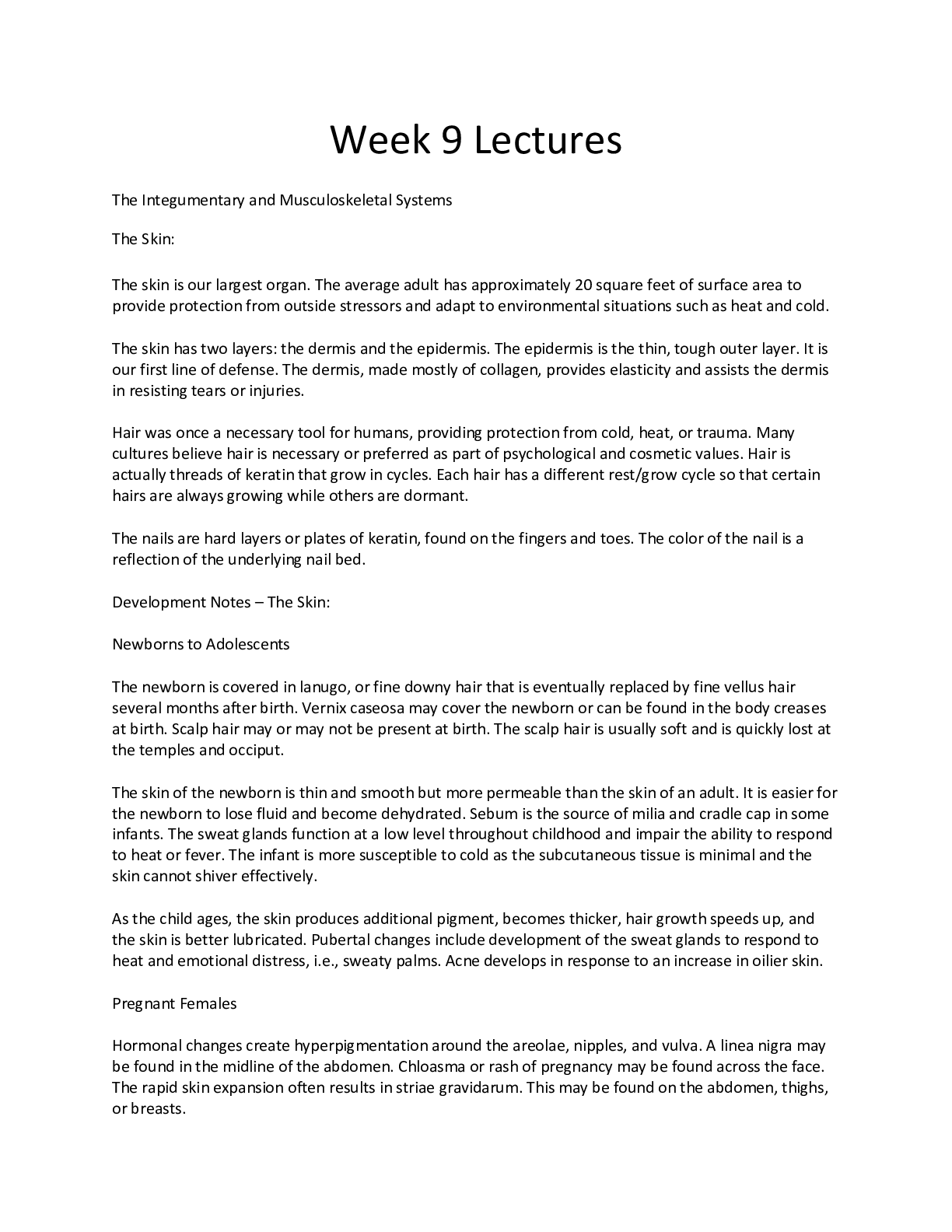
Reviews( 0 )
Document information
Connected school, study & course
About the document
Uploaded On
Apr 01, 2022
Number of pages
26
Written in
Additional information
This document has been written for:
Uploaded
Apr 01, 2022
Downloads
0
Views
85

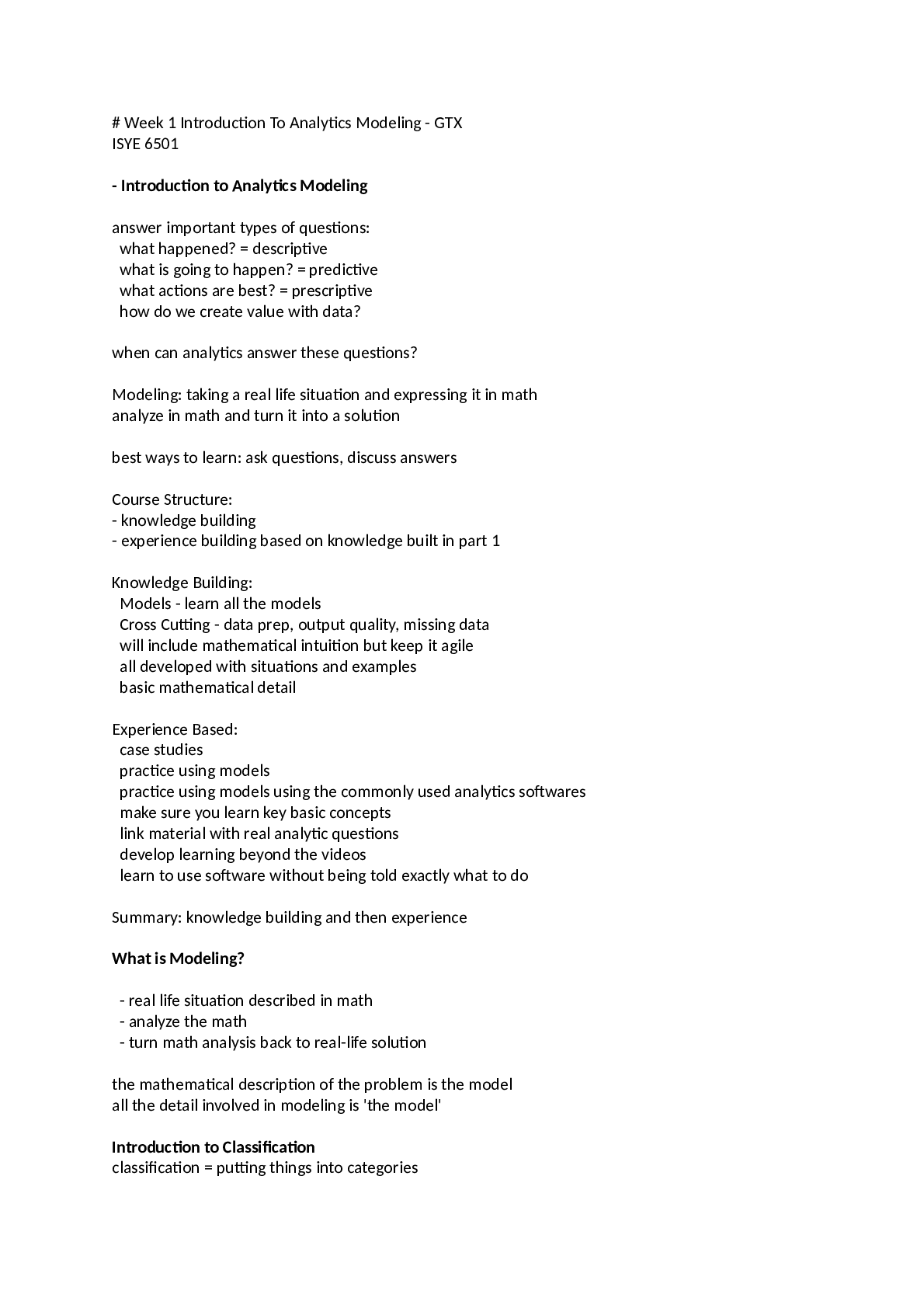
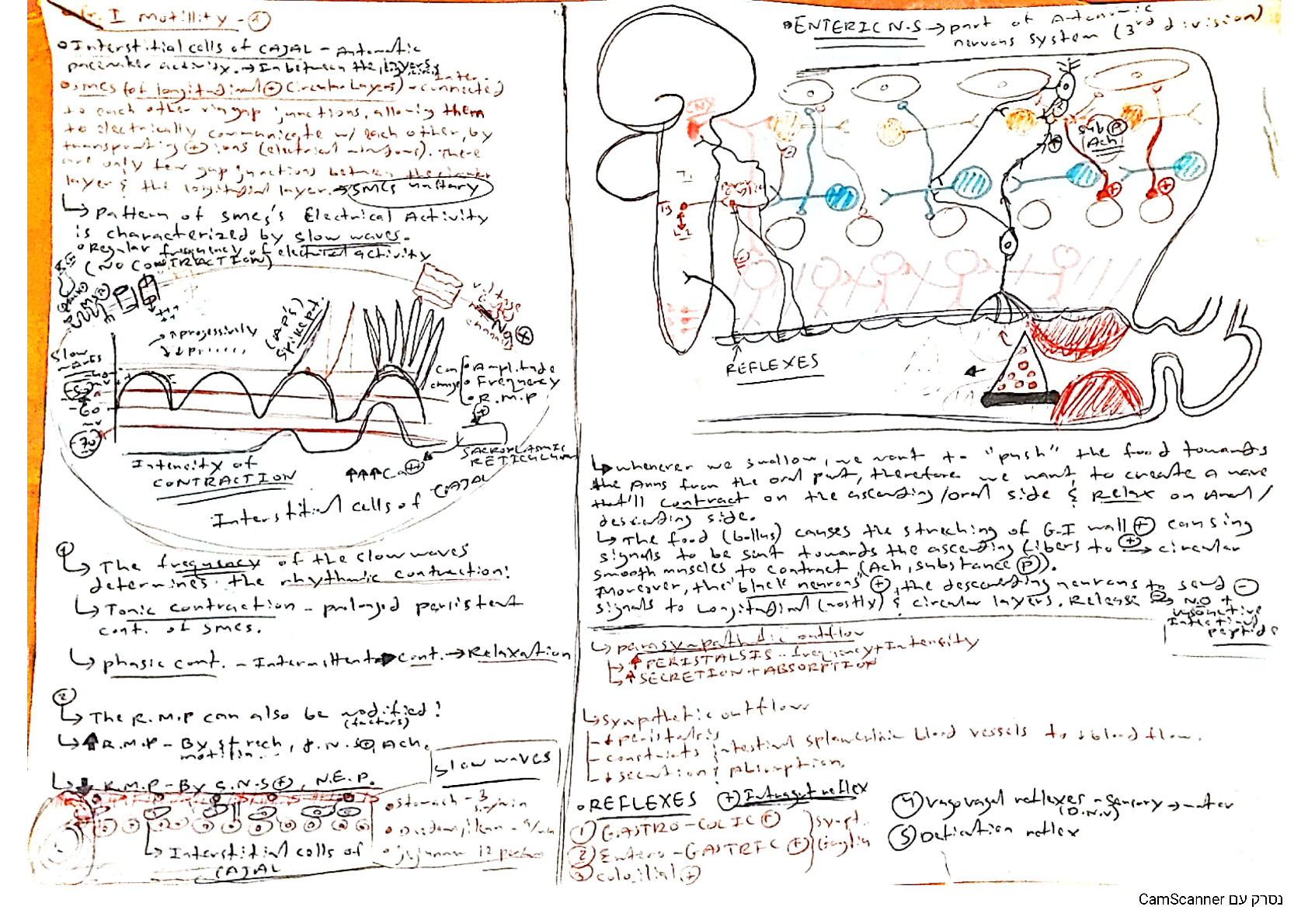
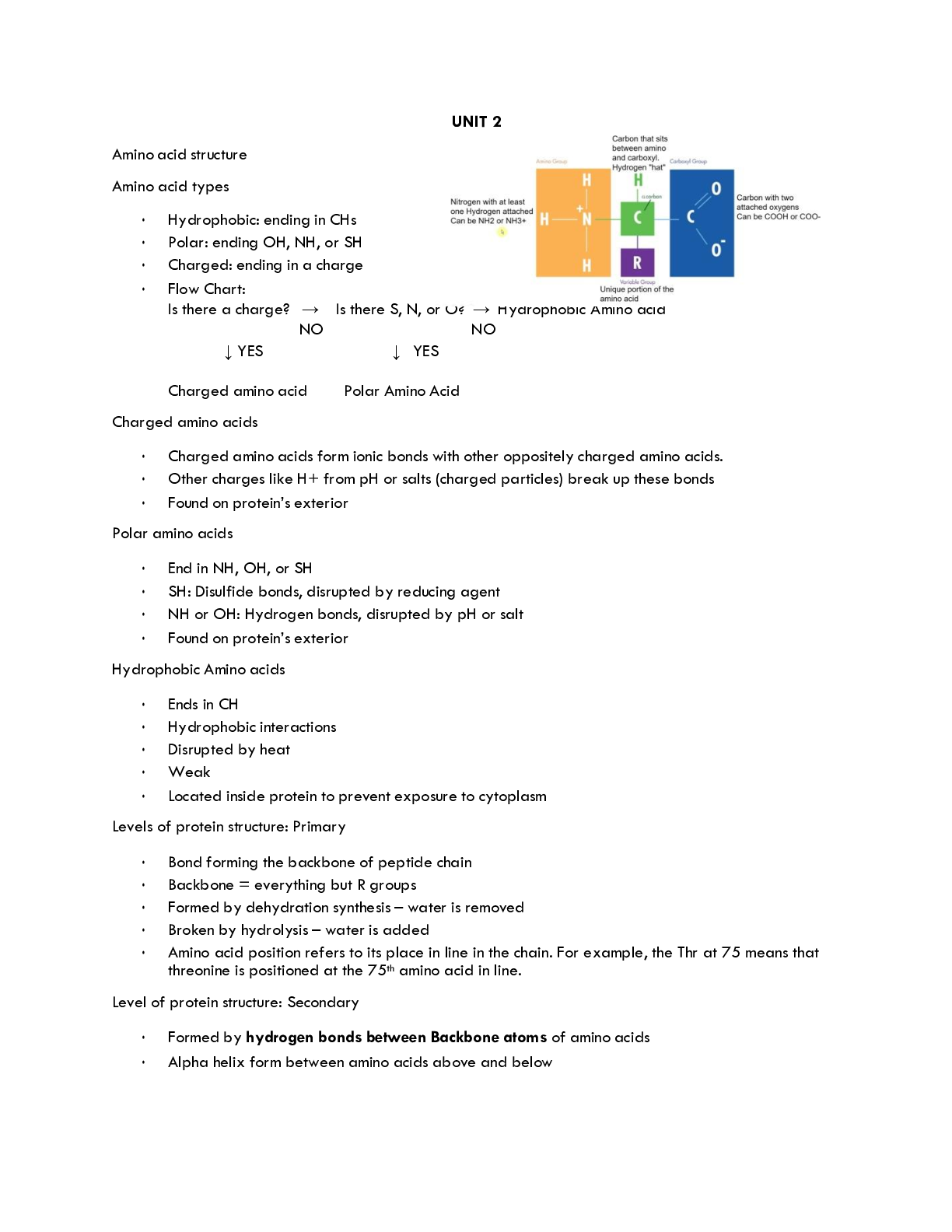
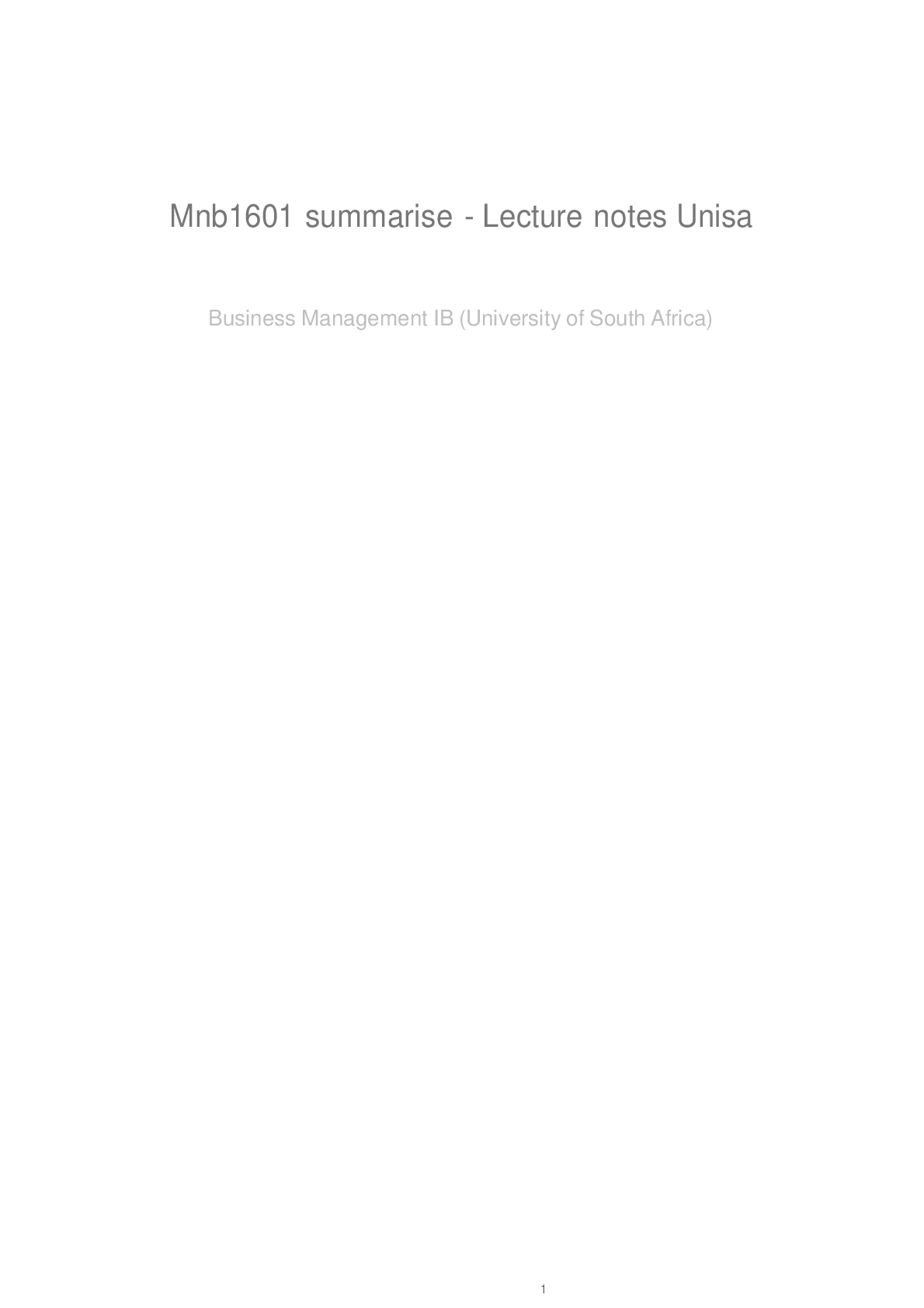

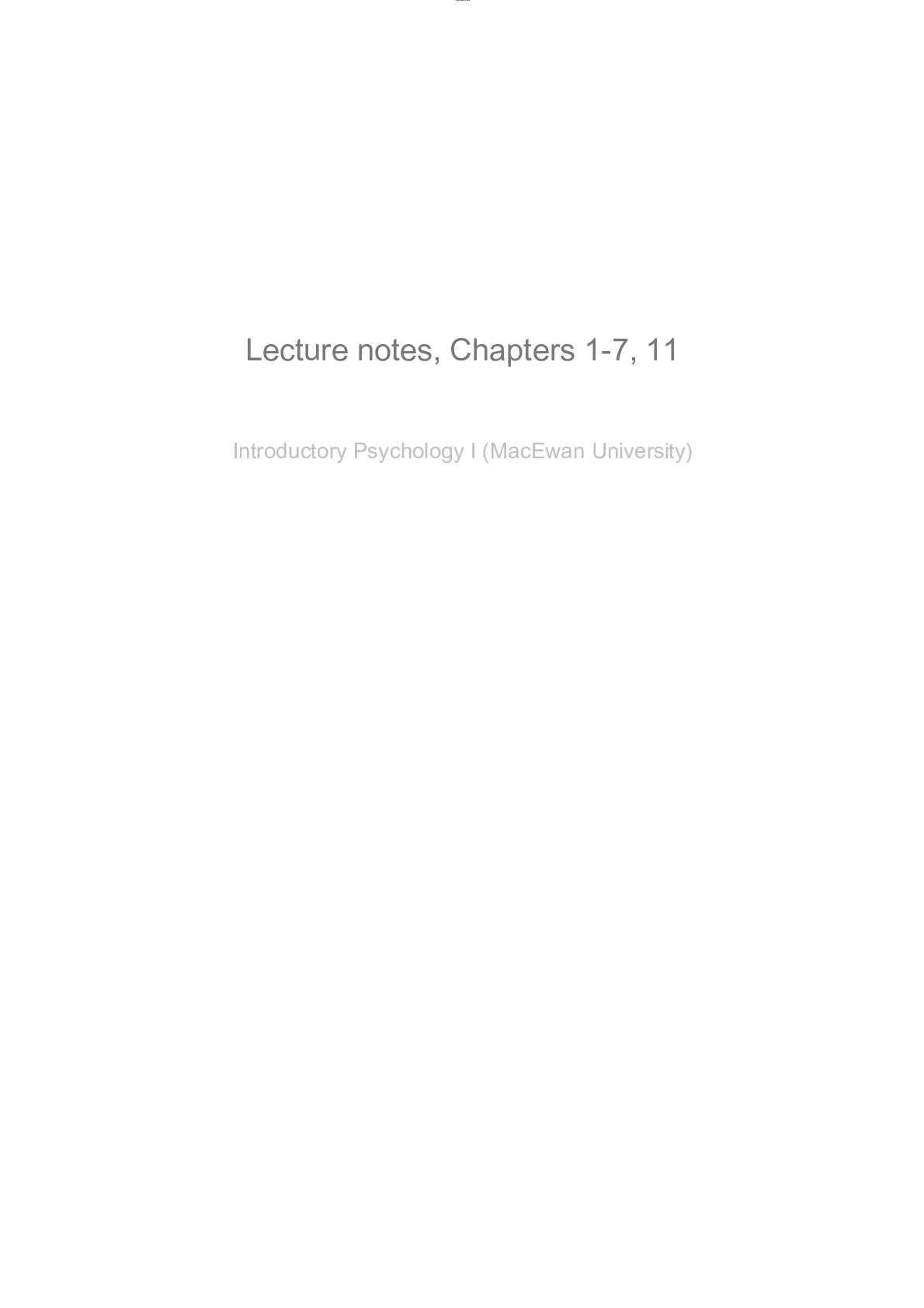

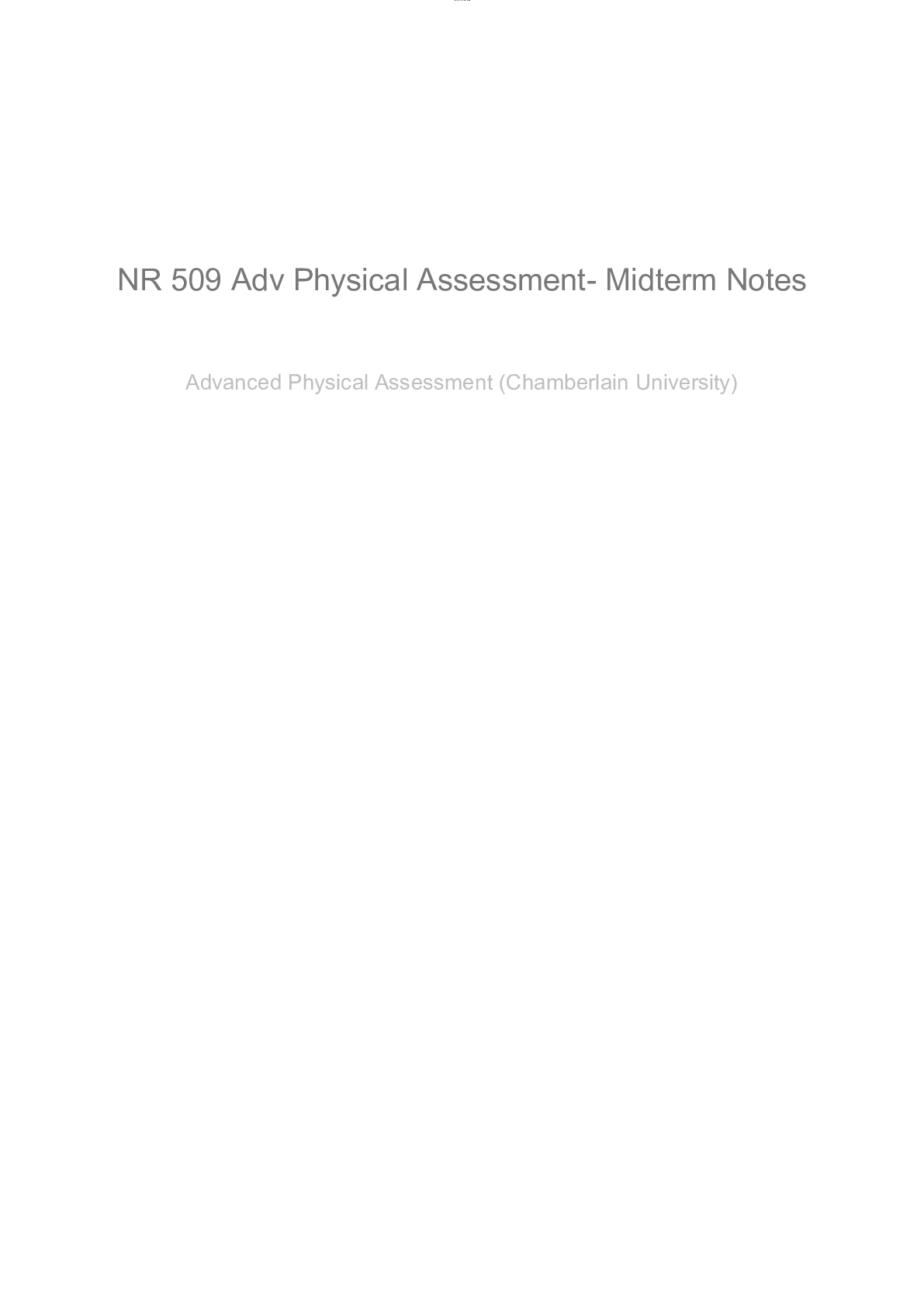
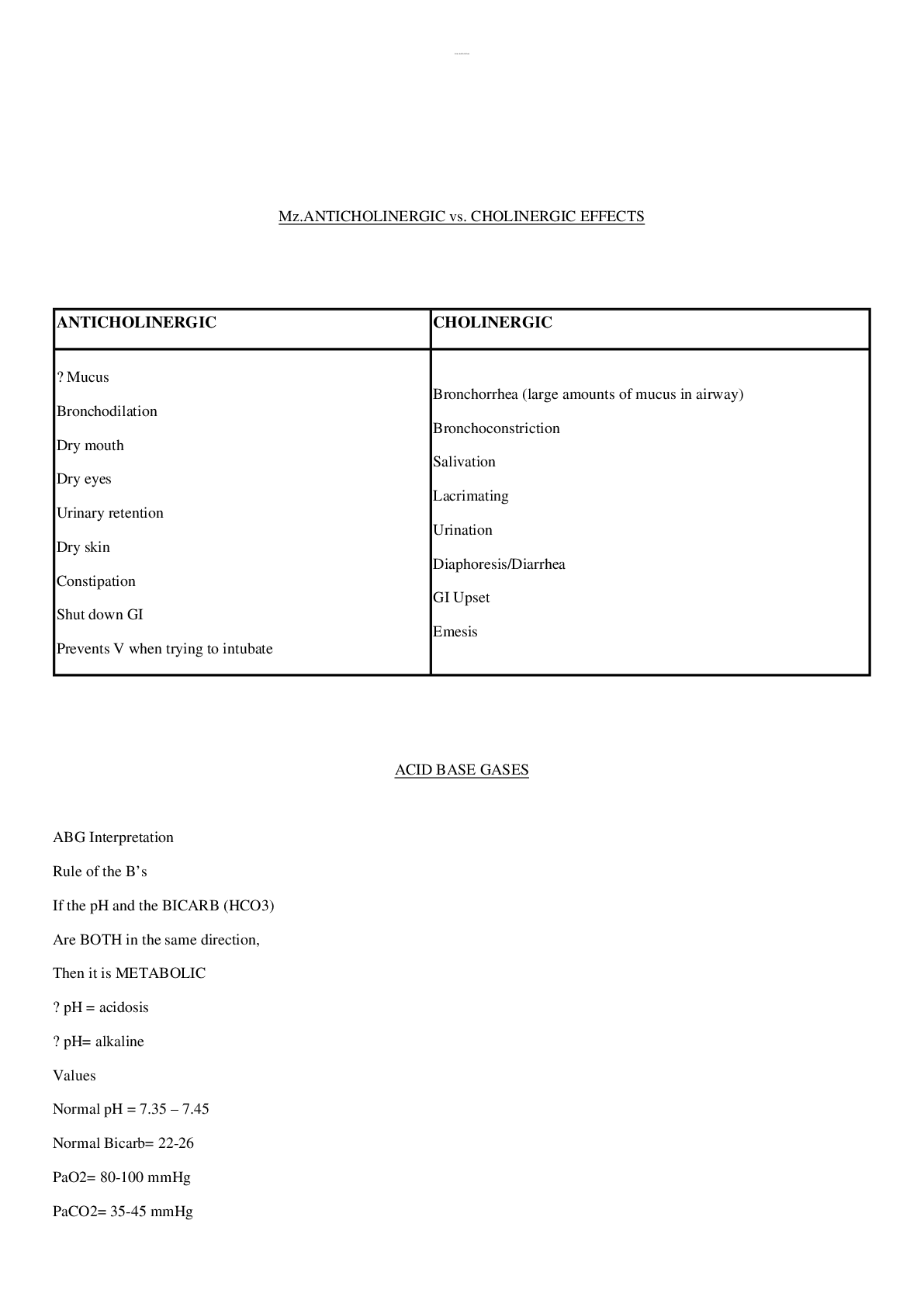
.png)
